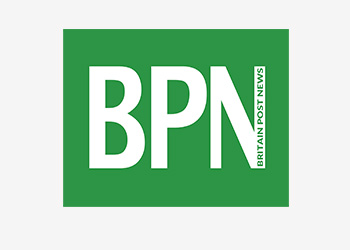I dont want the fashion industry to use token models, I want inclusivity

Last year at London Fashion Week, I made my debut as a fashion model.
Me, Brenda Finn, a plus-size girl with no hair, appearing for the first time as a model in her own right rather than as part of some campaign for raising awareness for people with a different appearance.
But with London Fashion Week kicking off again today, has anything really changed? Or was my catwalk moment just a passing fad?
When I first lost my hair from alopecia as a teenager, I used fashion to express myself, feeling Id lost my identity.
I loved checking out London Fashion Week previews in the media, creating my own versions of the latest looks as best I could in my imagination. I didnt think Id ever see anyone who looked like me, with my visible difference, as part of a show or campaign.
Advertisement
Advertisement
Being part of Steven Tais show at LFW in September 2018 was an incredible experience. Finally, the girl who used to dream of one day seeing a model just like her, became that model.
I was nervous being amongst the conventional models on the catwalk, but importantly, I didnt feel out of place. Being part of that show gave me a new level of confidence. I have gone on to model for No. 7, and Im now working with Avon as part of their partnership with the charity Changing Faces.
At the time of the Steven Tai show, many other designers came out saying how inspired they felt to use a more diverse range of models in the future. Unfortunately, this hasnt been the case.
While the term inclusivity has become a buzzword in fashion over the past year, where are the long-term initiatives to fight for a more accepting and open industry?

The fashion industry is missing out. The rise of social media has brought to light the wide range of different consumers who want to see a more inclusive narrative. The faces and bodies of the women at fashion shows around the world need to reflect and celebrate our unique and diverse beauty.
Designers and brands also need to listen to what consumers want. They have a huge platform and a responsibility to challenge perceptions of traditional body and beauty standards.
Advertisement
Advertisement
Weve seen some progress, but theres a long way to go. In order to create lasting sustainable change, collections need to be showcased by real women: representation doesnt just come in one dress size or look.
We need to go beyond engaging with designers. The fashion industry as a whole needs to change how it views and represents difference, from casting through to brand campaigns.
All too often what I see still feels tokenistic, as if someones said, Lets throw in a beautiful model with freckles, that will tick the inclusivity box.
More: Fashion
Lasting, sustainable change needs to be informed by authentic voices and actions. It needs Read More – Source



